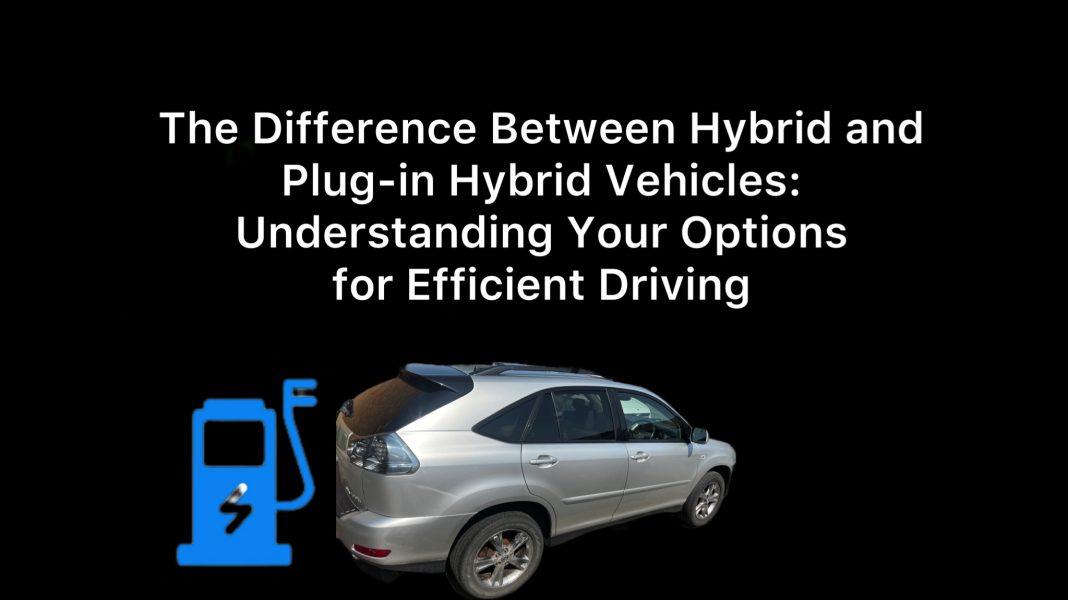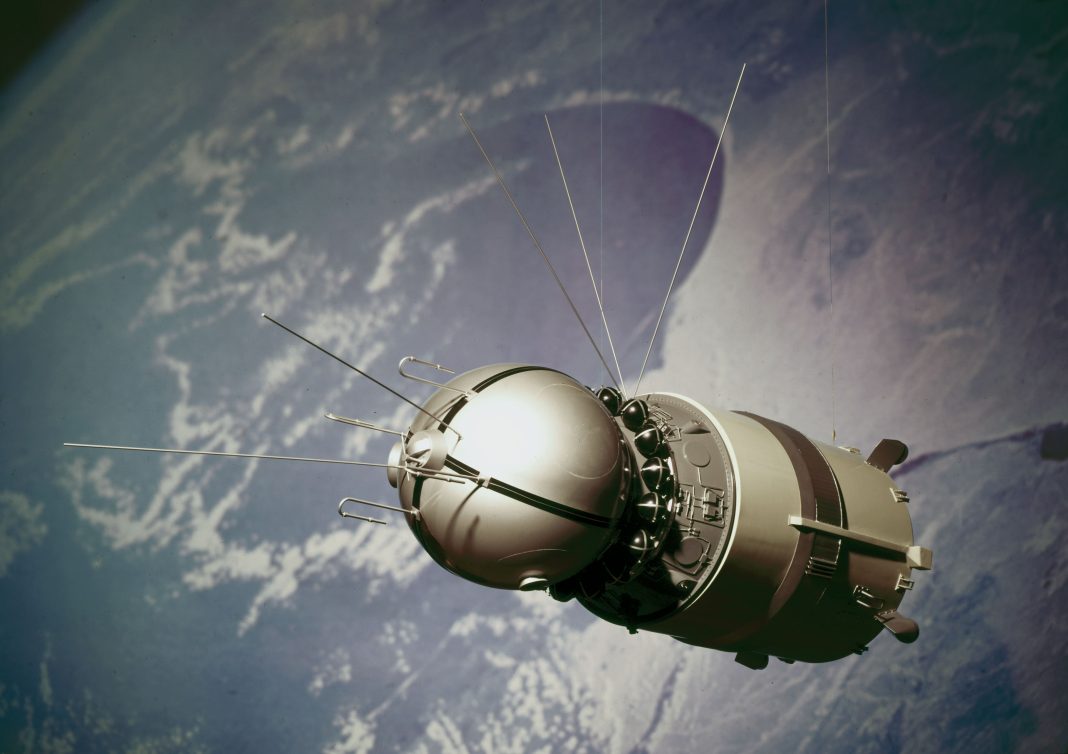
Ford Motor, known for its large trucks and SUVs, is shifting its focus towards smaller, more affordable electric vehicles (EVs) as it seeks to expand its electric vehicle business and remain competitive. The automaker believes that the highest adoption rates for EVs will be in the affordable segment, which is expected to be dominated by Chinese automakers such as BYD. To prepare for this competition, Ford announced updates to its EV strategy, including the cancellation of a large electric SUV and the delay of its next-generation electric pickup truck. Instead, Ford plans to launch a commercial van in 2026, followed by a midsized pickup and a full-size pickup in the coming years.
The decision to prioritize smaller EVs was not taken lightly, as Ford had been touting the three-row SUV as a game changer. However, the weight and cost of battery packs needed for large vehicles are a limitation for EVs due to current ranges and charging networks. Ford CEO Jim Farley believes that smaller, more affordable vehicles are the way to go for EVs in terms of volume, as the math is completely different from internal combustion engine (ICE) vehicles. In ICE vehicles, larger vehicles generally yield higher profit margins, but the opposite is true for EVs.
Ford’s current EVs, including the Mustang Mach-E crossover, F-150 Lightning, and a commercial van, are not yet profitable overall. The Model e operations have incurred significant losses, causing Ford to withdraw its ambitious 8% profit margin target for its EV unit by 2026. Despite this, investors and Wall Street analysts have largely supported Ford’s EV changes, recognizing the potential for growing demand for EVs in the future.
In addition to its focus on EVs, Ford is also placing a heavy emphasis on hybrid and plug-in hybrid electric vehicles (PHEVs) to meet tightening fuel economy regulations. The company plans to offer hybrid options across its entire North American lineup by 2030, including three-row SUVs. Ford is also accelerating the mix of battery production in the U.S. to qualify for tax incentives and credits.
Ford’s shift in strategy aligns with the overall auto industry, which is facing slower-than-expected adoption of EVs and challenges in achieving profitability. There are concerns that Chinese automakers could flood the market with cheaper, more profitable EVs. However, Ford’s CFO John Lawler believes that Ford can compete against Chinese automakers and has developed a specialized team in California to prove it.
Ford’s new plans contrast with those of its rival, General Motors (GM), which has gone “all in” on EVs and has several large all-electric vehicles on sale or coming soon. GM has created a dedicated electric vehicle platform and has begun U.S. battery cell manufacturing. The company expects its EVs to be profitable once it reaches a certain level of production.
In conclusion, Ford’s new path to profitability for electric vehicles involves a shift towards smaller, more affordable EVs. The company believes that the highest adoption rates for EVs will be in the affordable segment, and it is preparing to compete with Chinese automakers in this space. Ford’s current EVs are not yet profitable, but investors and analysts are optimistic about the future of EVs and support the company’s strategic changes. Alongside EVs, Ford is also focusing on hybrid and plug-in hybrid vehicles to meet fuel economy regulations. The shift in strategy aligns with the industry’s challenges in achieving profitability with EVs and the potential threat posed by Chinese automakers.


